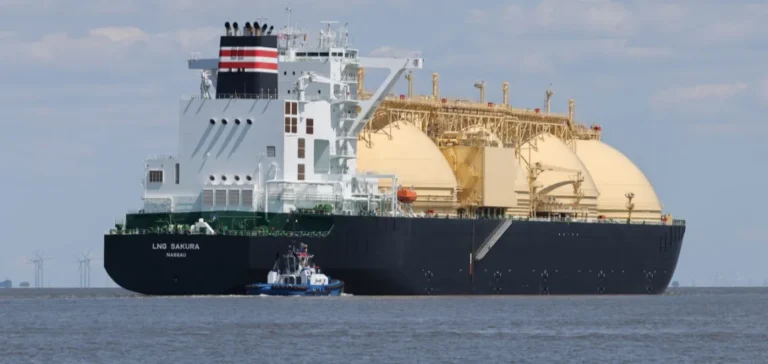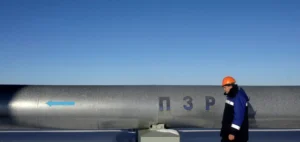Asia’s physical liquefied natural gas (LNG) market saw sustained activity during the November pricing window, from September 16 to October 15, according to data from the Platts Market on Close (MOC) process. A total of 625 market entries were recorded, comprising 285 bids, 317 offers and 23 trades, for deliveries scheduled from late October through December.
Lower margins drive increased cargo turnover
This level of activity persisted despite a seasonal slowdown typically seen in spot LNG demand across Asia. Total traded volume amounted to approximately 1.49 million tonnes of LNG. Market participants, facing tighter trading margins, increased transaction frequency to sustain profitability. “The market seems to have returned to the 2018–2019 period of low flat prices, low volatility and low margins,” said a Singapore-based trader.
The Japan Korea Marker (JKM) benchmark for November deliveries averaged $11.016 per million British thermal units (MMBtu), marking a 3.03% decline month on month and a 15.96% drop year on year. This compares to 2024 levels where prices averaged between $12 and $13/MMBtu.
Major trading houses lead physical deals
Most deliveries were directed to the Japan-Korea-Taiwan-China region, although bids were also submitted for India and Thailand. Glencore emerged as one of the most active buyers with six cargoes, followed by QatarEnergy Trading with seven and PetroChina with five. On the sell side, BP led with eleven cargoes, ahead of PetroChina and Vitol.
Among the 23 physical transactions, 14 were indexed to the December JKM contract, with an average discount of 2.2 cents/MMBtu. Ten trades were linked to the balance-of-month JKM contract, while only three were concluded at fixed prices, averaging $10.933/MMBtu.
Derivatives segment also sees strong participation
The MOC for derivatives reported 1,783 market entries from 23 participants, including 261 trades. November, December and balance-of-month contracts accounted for most of the activity. On financial exchanges, traded JKM futures volume reached 99,209 lots during the period, representing around 19.08 million tonnes of LNG.
Spot demand limited by high inventories
Despite brief bursts of opportunistic buying when prices dropped to $10.494/MMBtu in early October, overall demand remained subdued. Chinese buyers in particular stayed away from spot cargoes, favouring domestic production and pipeline imports. One trader noted that “Chinese demand will only pick up if prices fall below $10/MMBtu”.
The price spread between Asia and the United States remained too narrow to justify arbitrage opportunities, with reported offers for US-origin cargoes falling 44.9% compared to the previous pricing cycle.






















